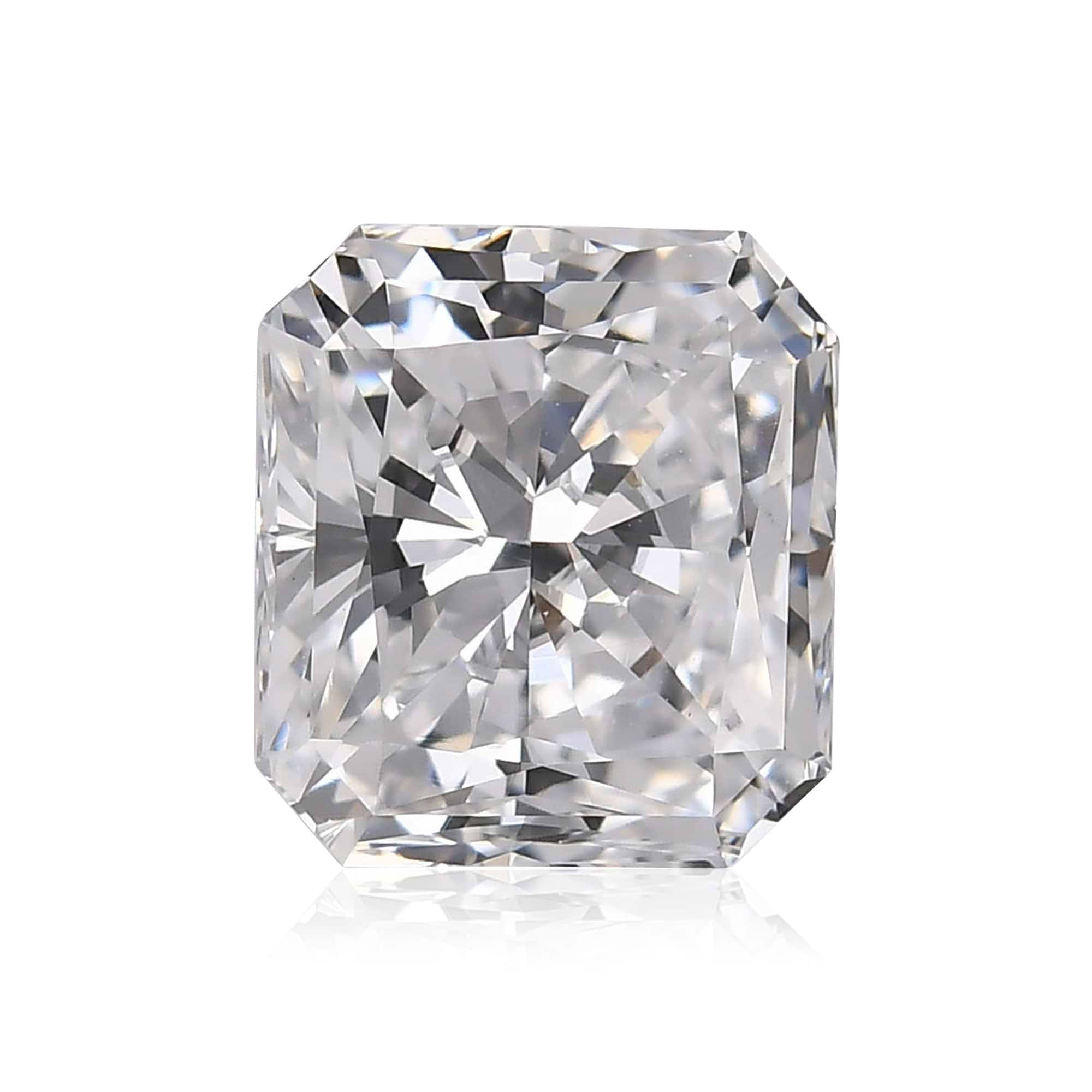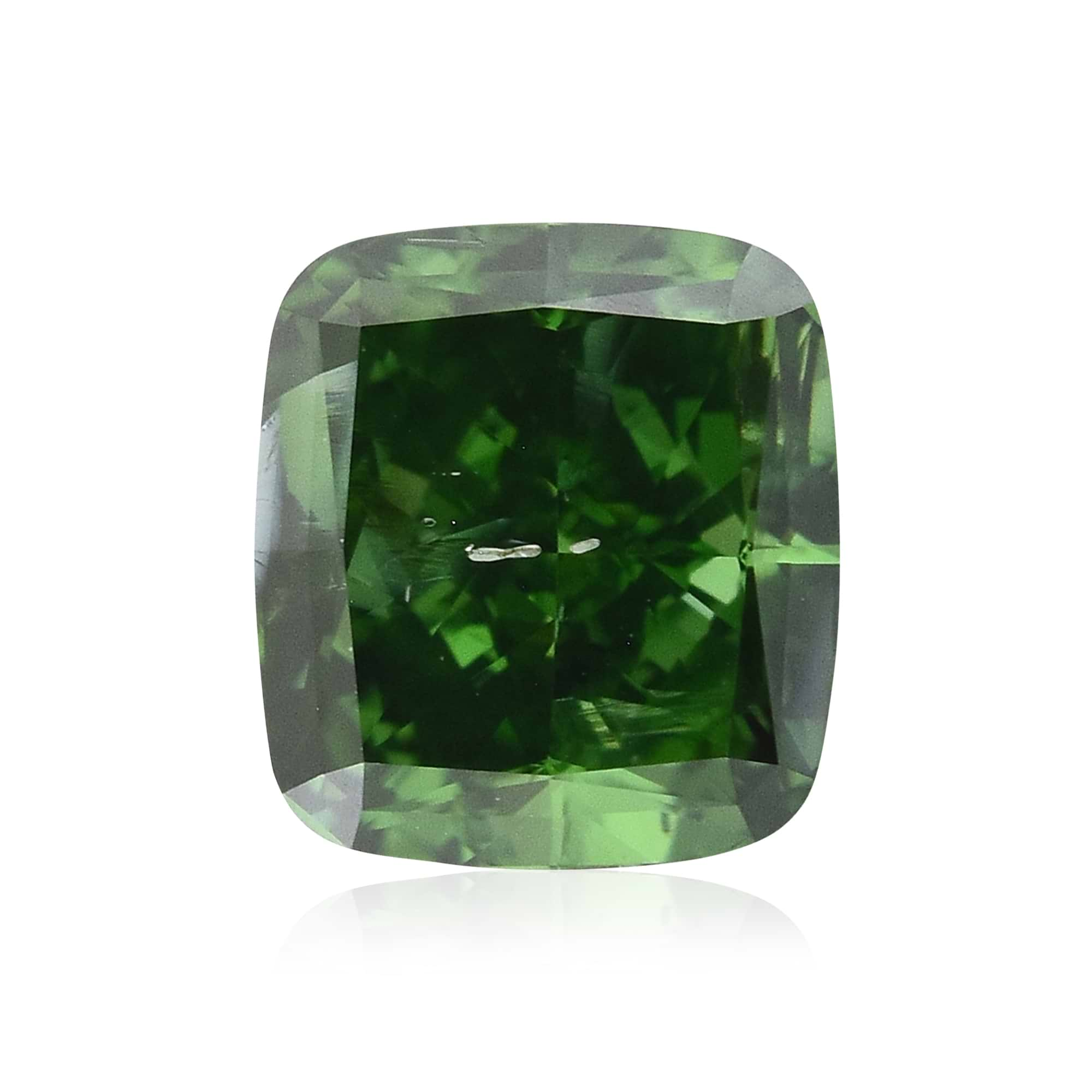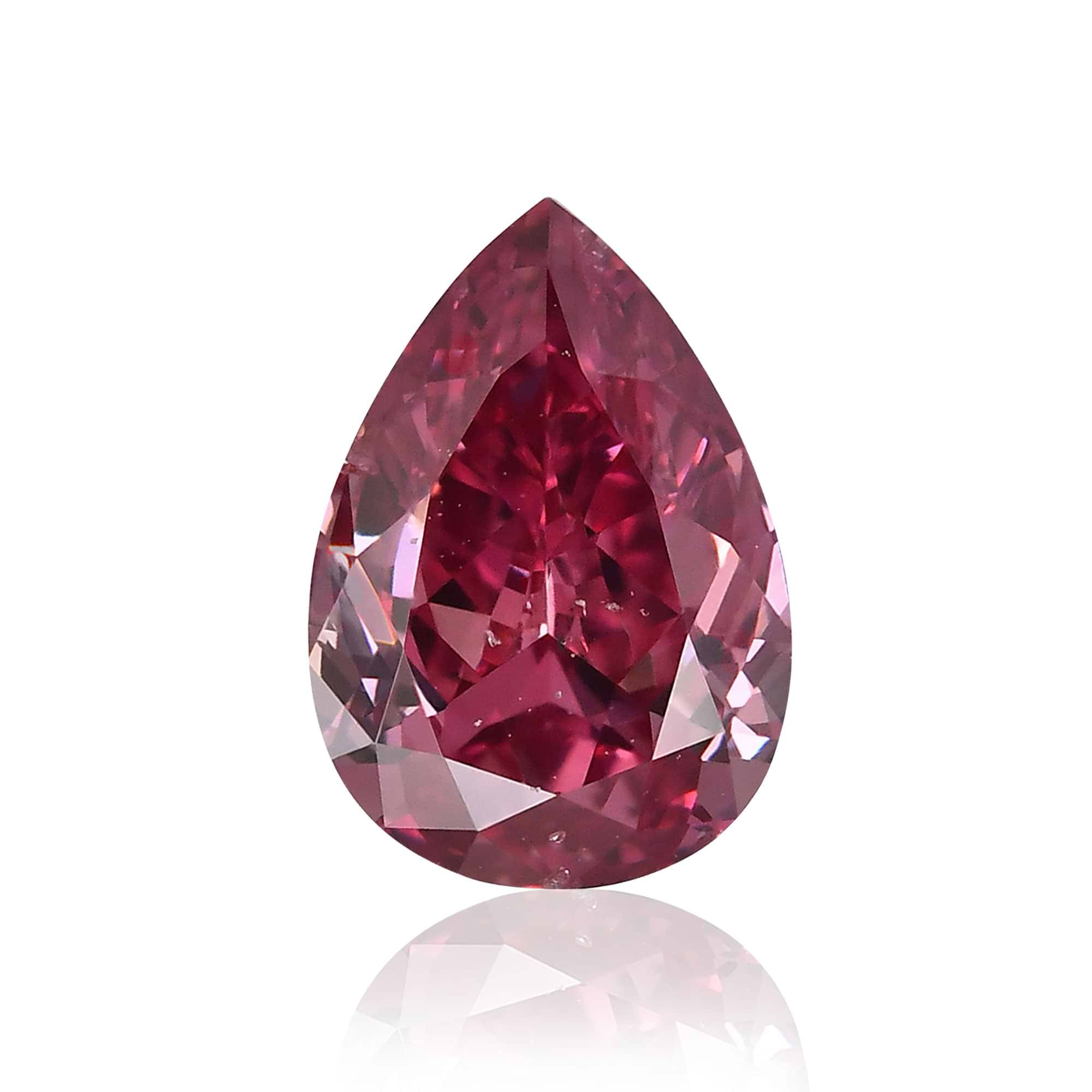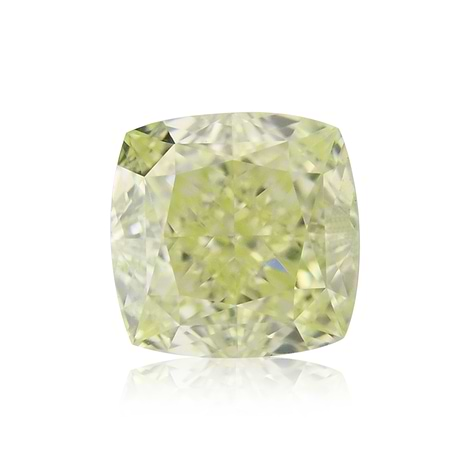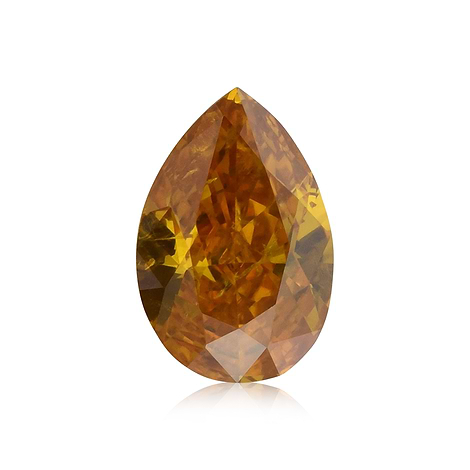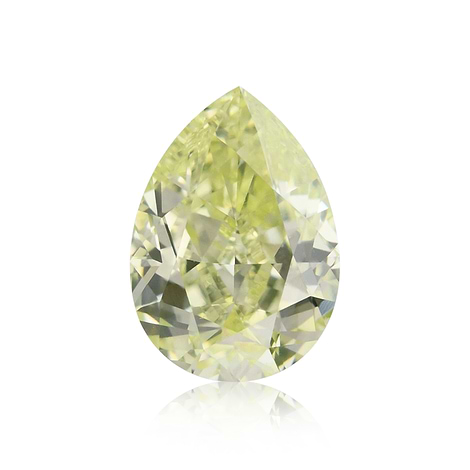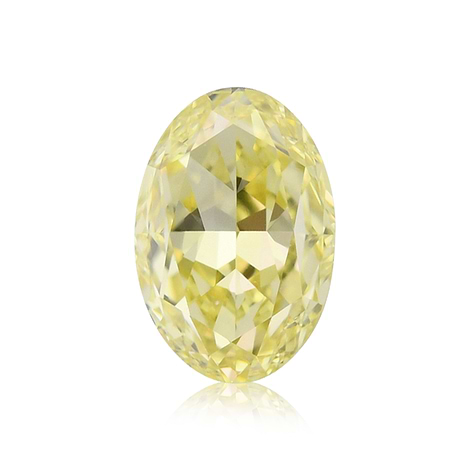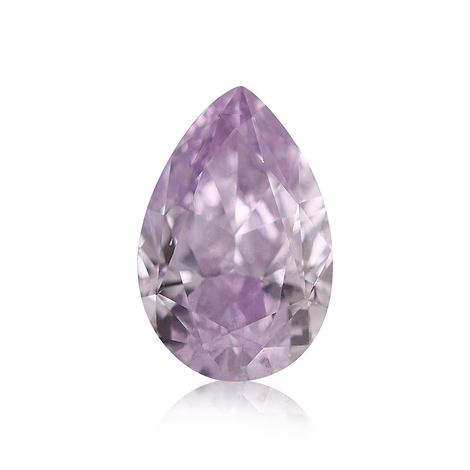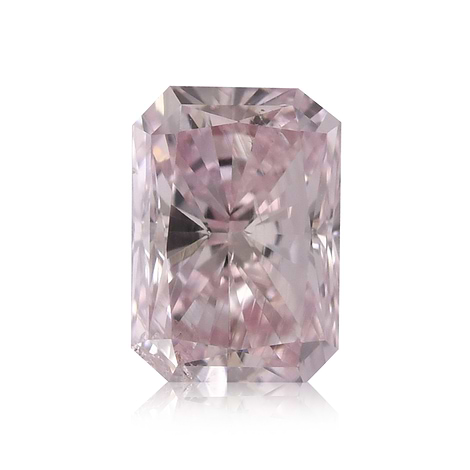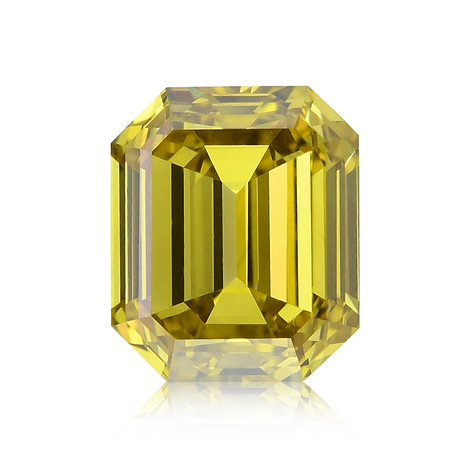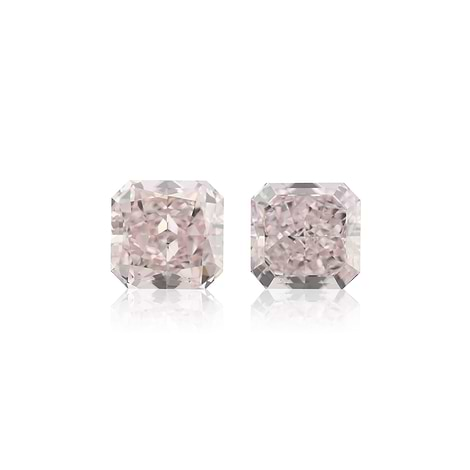Every diamond fan, whether they are a young consumer shopping for bridal jewelry, or a seasoned gemstone investor has their own reason to love and collect all types of diamonds.
There’s more to discover than simply different types of diamonds, although that is helpful in your search. Learning about diamond types including discovering how many types of diamonds exist will help each person develop their own individual preference.
Consumer Classification of Diamonds
How many types of diamonds are there in this world? Let’s break it down and dig deeply into this fascinating topic. There’s a misconception between diamond grading (which is condensed into the 4Cs of a diamond ---Clarity, Color, Carat Weight, and Cut) --- and actual diamond types based on their physical properties and chemical properties. To become an expert in diamond knowledge, one must understand both of these concepts. So, first things first. Let’s review all types of diamonds.
Natural diamonds
We cannot overstate the importance of this precious gemstone which has been coveted since time immemorial. Diamonds have evolved to mean many things over time. For early collectors, perhaps these shimmering rocks meant power and wealth. We know that because it was early rulers and aristocrats who avidly collected them. In modern times diamonds can still silently convey wealth, but also taste and desirability. Brides love to flaunt their large diamond as a symbol of the couple’s love and the groom’s importance placed on his beloved.
Lab Grown Diamonds
Technological advances made these LGDs possible and at a very attractive price point to consumers. As more factories sprung up the prices kept dropping as the market became flooded with this product.
Compare LGDs and Natural Diamonds
It is true that natural diamonds are composed of a single chemical element—carbon. It is the hardest natural substance on earth, ranking 10 on the Mohs scale. But so are lab grown diamonds or LGDs.
A natural diamond was uncovered from being some 125 miles below the earth's surface, where it grew over eons of years. That is part of its mystery. Most diamonds display unique characteristics like surface blemished or internal flaws called inclusions. They are not always visible to the naked eye, and many do not detract from their beauty. But what those distinct traits do prove is their authenticity and distinctiveness. Those are some of the ways that experts can recognize a genuine earth mined diamond.
Lab grown diamonds on the other hand were developed over just a period of weeks and are crafted to have few if any distinguishing traits. Of course, expert diamond professionals can distinguish between natural diamonds and lab grown diamonds.
There’s no romantic story of its discovery when you’re contemplating a lab grown diamond. Each of the countless thousands of stones were made the same way and in short notice. For some shoppers, the relatively low price as contrasted to natural diamonds is the thing that matters.
But natural diamond enthusiasts often love the story of their diamond’s origin and relish looking deep into the stone for clues to its origin. Just like the collector, each stone is unique and has its own personal history.
Natural diamonds can be very costly depending on their quality and size. The larger the stone and higher the clarity of the diamond means it is exceedingly rare—and in fact, there will never be another such diamond exactly like that.
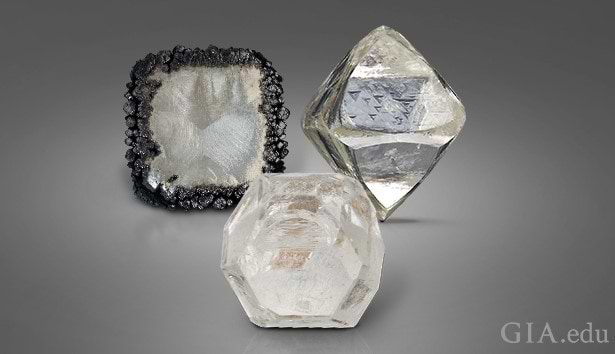 Lab and Natural diamond crystals (Credit Photo: GIA)
Lab and Natural diamond crystals (Credit Photo: GIA)
Treated Diamonds
Natural diamonds can and sometimes do undergo various kinds of industry accepted treatments to enhance their beauty, their clarity and sometimes their color. It is also a complex topic since there are so many treatment types for diamonds. Let’s examine the different types of diamond names and their meaning behind each name.
Simply put, diamond treatments are intentional methods applied to diamonds for the end result to be more salable.
-
Color Treatment for Diamonds
Coating - Diamonds can be treated with an ultra-thin coating of different materials including plastics or chemicals. The type of coating is specific to the desired end result. Blue coatings will minimize a yellowish tinge in the diamonds. This treatment is vulnerable to being scratched or completely removed, however.
Irradiation - Subjecting diamonds to radiation can change a stone’s color. Taking a cue from nature where natural radiation has turned diamonds green, this process done in a controlled laboratory will result in the stones turning green or blue. The technology is over a century old. Jewelers must be apprised of this treatment in a diamond should it ever have to go to the jeweler’s bench and be exposed to the torch---since these diamonds are sensitive to heat.
Annealing – is a process often undertaken after an irradiation procedure of a diamond. By controlled heating then cooling of the stone, the stone may intentionally be changed to brown, pink, orange, yellow, even red, or purple occasionally. This type of treatment is said to be stable for jewelry repairs.
-
Laser Drilled Diamonds
Some natural diamond inclusions are large or dark and noticeable, and that may detract from their beauty. By laser drilling the stone, the inclusions can be drilled out resulting in a clearer more brilliant stone. This process must be disclosed to the consumer of course. In some cases, this drilling may affect the integrity of the stone—making it more fragile.
Once the drilling is completed, it can be left as is---there’s a small risk of debris entering the space.
-
Fracture Filling
For natural diamonds with natural inclusions called feathers (for flaws resembling a feather with blemishes radiating from a central fracture) a process called fracture filling is employed.
Surface reaching feather-like fractures are filled with a glass like substance making these flaws much less visible.
Fracture filling can last for years with proper care but it’s not permanent or stable. It is possible to lose the filling if cleaned via ultrasonic methods or while the item is being repaired.
Knowing about these various treatments will help a shopper understand the pros and cons of each one and make an informed decision if it’s right for them.
While the impact of diamond treatment to increase the stone’s beauty, you can see that some treatments are permanent, others are not. In many instances, treated diamonds are priced less than their counterpart that has naturally higher clarity or naturally higher color.
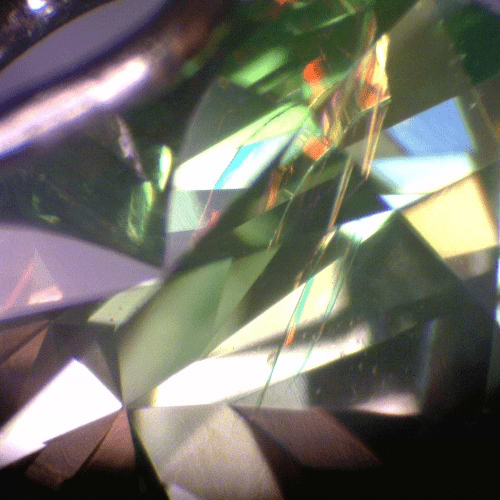 Fracture Filling close up (Credit Photo: SGL Labs)
Fracture Filling close up (Credit Photo: SGL Labs)
Diamond treatments are routinely disclosed by reputable retailers. Because of this transparency, it is not considered unethical to sell or to purchase treated diamonds. Very simply, these stones are processed to become more saleable—and the treatments make this possible.
Natural Fancy Color Diamonds
While all natural diamonds are rare and valuable, there is another small sub-set of these precious stones that are called Natural Colored Diamonds, or Fancy Color Diamonds.
Know the Categories of Diamonds
Since diamonds are made from just one element, carbon, any other mineral element that intruded into the diamond during its formation phase would alter the appearance of the stone and produce a diamond with color rather than being colorless.
For example, if boron is introduced into the diamond while it is forming, a blue tint will appear. Nitrogen lends a yellow hue to diamonds. Some diamond colors are more mysterious though. Natural green diamonds are thought to have been in contact with natural radiation underground. Pink diamonds which hold the world captive are thought to be the result of lattice distortion in the crystal structure.While all natural color diamonds are rare—some are even rarer within that group. Yellow and brown diamonds are more likely to appear—but red, pink, and blue diamonds are extremely scarce.
Ranking color diamonds as to their rarity must include consideration of the source of their color. Natural color and fancy color diamonds are highly desirable, and much more costly than their colorless counterparts.
Treated natural diamonds that take on color are valuable but of course much less than natural color diamonds.
Finally, lab grown color diamonds that have been color-enhanced are the least costly of all color diamonds.
While the topic of natural color diamonds has only recently been widespread knowledge to the public, in fact, natural color diamonds have existed since diamond mining first occurred centuries ago.
The legendary Hope Diamond –that massive blue stone was mined in India centuries ago—in the 17th century. It had changed hands many times, and currently resides in the Smithsonian Museum of Natural History in Washington DC.
The Tiffany Diamond is a celebrated cushion shaped yellow diamond discovered in the late 19th century. The gorgeous stone has enjoyed being worn by many celebrities over the years.
The Dresden Green diamond was discovered in the early 18th century and escaped being stolen when a bold heist was executed on the Green Vault in Dresden, Germany. Miraculously the famed stone was on loan to the Metropolitan Museum of Art in New York.
The Pink Star diamond is not only large but internally flawless—a rare attribute for any diamond, and more so for pink diamonds. It enjoyed travelling to various locations on display until it was sold to Hong Kong jeweler Chow Tai Fook in 2017.
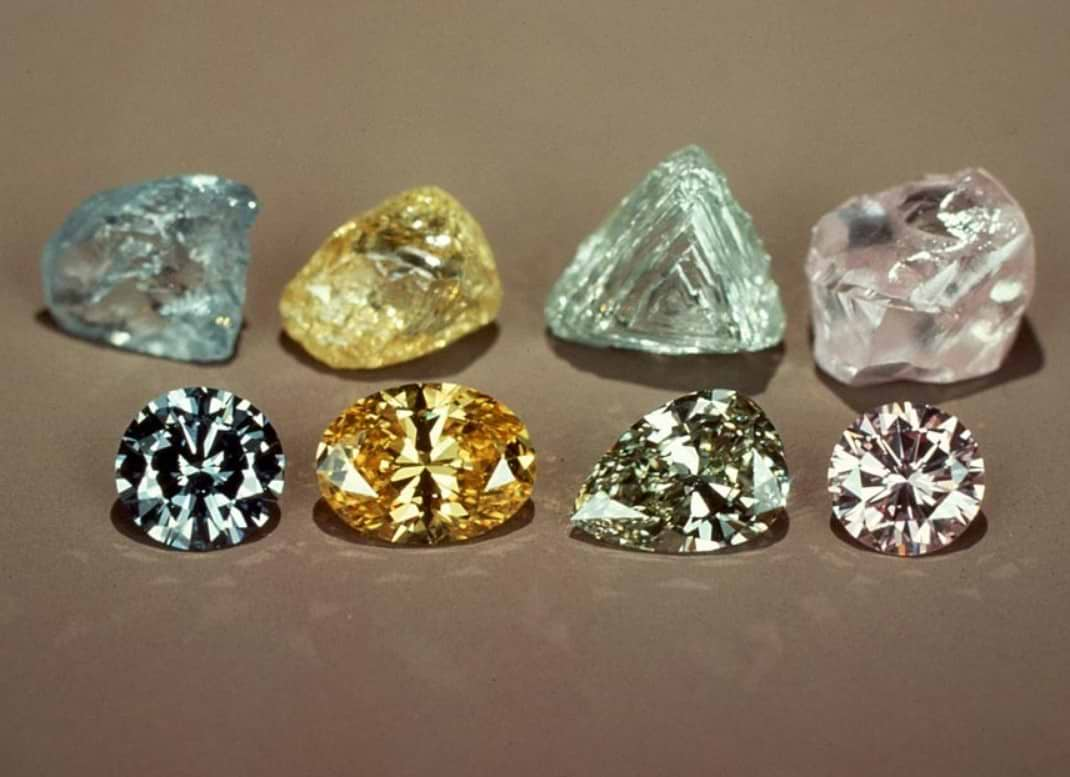
Natural color rough (Credit Photo: GIA)
Technical Classification of Diamonds
Diamonds from various parts of the globe have certain attributes that make them distinct from each other. While most consumers are not aware of these classifications, those in the trade are knowledgeable about diamond classifications. When tradespeople classify diamonds, they need to assess their physical and chemical attributes..
The technical classification of diamonds aids the professional in determining a diamond’s formation, any treatment, and importantly its authenticity.
Consumers ask, what are the 4 types of diamonds? So, the types of diamonds are technically classified as follows:
Type Ia diamonds
Type IIa diamonds
Type Ib diamonds
Type IIb diamonds
Read more about Type I and Type II diamonds
Frequently Asked Questions – FAQS
Can a diamond have multiple classifications?
Yes, and no. A diamond can be classified as natural, meaning it was earth mined. Additionally it might have been subjected to treatment like lasering for instance. In that case it has 2 classifications—natural and lasered.
But a diamond’s technical classifications like being 11b or 1a are what they are.
What are 10 different types of diamonds?
Diamonds may be shaped into at least 10 different—and popular shapes that have become very desirable.
- Princess cut
- Cushion cut
- Asscher cut
- Radiant cut
- Emerald cut
- Round cut
- Oval cut
- Marquise cut
- Pear cut
- Heart cut
What are the 4 types of diamonds?
The technical types of diamonds are Type Ia, Type IIa, Type Ib, and Type IIb
How do technical classifications determine diamond types and rarity?
We understand their relative rarity by understanding that type Ia is the most common of all diamonds found. Then type IIa are the rarest of diamonds, and their price reflects their scarcity. Type Ib diamonds are uncommon and can often be identified by their yellowish or brownish tinge. Lastly, type IIb diamonds are likewise uncommon and exhibit piezoelectricity (having an electric charge) plus they may display bluish or greyish tints.
Can a diamond belong to multiple diamond types?
No
What considerations should buyers keep in mind when choosing between diamond types?
Conclusion
The enormous variety of diamond choices available can overwhelm shoppers at first glance. But becoming familiar with the variables of diamond quality make the differences in pricing much clearer to understand.
When considering lab grown diamonds (LGD) enter the process with a clear view that LGDs can be very attractive and easy on the wallet—however there is no resale value with these products.
The range of treatment options for diamonds today opens the door to acquiring a larger more beautiful stone and often well within reach. Study the 4Cs so you can understand what drives value.
Familiarize yourself with their stable (permanent) treatments and those which are not considered stable. This not only gives the shopper greater understanding as to their value --- but also how to care for these products and extend their life if the stones are deemed un-stable because of the treatment type.
When it comes to purchasing diamonds, there is no single ‘right’ choice, it’s simply what’s right for you, your taste, and your budget.
